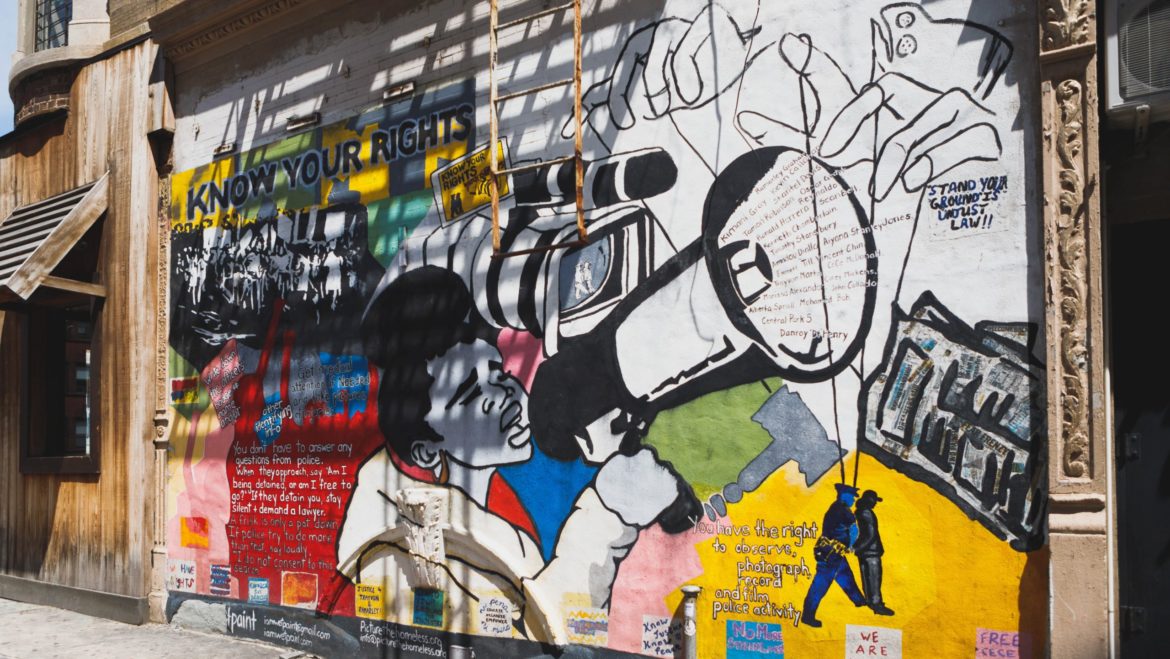
Sonja Killebrew
Editorial Letter
The mission of One Hundred Years of Fire is to target a transformative audience with the threefold purpose: to inform, to inspire, and to entertain. When thinking about the audience of the Harlem Renaissance, I think about the patrons of the arts—particularly, Carl Van Vechten. He was considered a close friend to Nella Larsen, Harlem Renaissance writer of Passing and Quicksand. While Van Vechten was a patron of The New Negro movement of the 1930s, he was also a problematic figure; he supported Black artists, yet he also exoticized them (Kellner, 56).
Nella Larsen addresses the complicated relationship between Harlem Renaissance artists and their audience of philanthropic—sometimes racist—well-meaning white patrons. In Passing, Larsen creates a character named Hugh Wentworth. He is a white liaison to the protagonist, Irene Redfield, an affluent fair-skinned Black woman who could pass for White, but chooses not to and marries a Black man. Wentworth’s character mirrors Van Vechten. Both are white patrons of the Harlem Renaissance. Both attend Black arts events in Harlem. In Passing, Irene comments that Hugh and other white patrons attend the Harlem parties to “gaze on the Negroes” (Larsen, 198). Irene’s husband Brian says that “Hugh think[s] he’s God, you know” (Larsen, 215). Larsen illustrates the paradox of white patrons of Black artists—while the white patronage moved the movement forward, the patronage also patronized the Black artists.
Through researching Nella Larsen I encountered themes of Harlem Renaissance works: the tragic mulatto and racial and sexual ambiguities. In my creative pieces I will explore modern versions of the themes. I will create some characters who convey modern interpretations of the tragic mulatto: “an archetypical mixed-race person (a ‘mulatto’), who is assumed to be sad, or even suicidal, because they fail to completely fit in the ‘white world’ or the ‘black world’” (Pilgrim). I will also create scenes with sexual ambiguities that make the reader question the sexual orientation of the characters. By creating uncertainty about my character’s race and sexual identity, my chapters will reflect the themes of the Harlem Renaissance.
I chose to write in the genre of young adult speculative fiction. As a writer, I prefer to write young adult novels, because the main characters are generally teenagers and usually during the adolescent years teens get to know themselves. My main characters are 17-years-old. They are juniors going into their senior years of high school. They are developing crushes. They are dreaming about their careers. They are hoping to leave home and go to college. I like to write young adult fiction, because teenagers tend to go on an inner journey of self-discovery, while going on an outer journey to leave home.
As a Black writer, I am of Caribbean and African American heritage. While I grew up in Queens, I now attend City College in Harlem, New York, which allows me the opportunity to get to know the world-renowned neighborhood. As a Black woman, I often wonder if my works will be considered Black literature later in life. In my research I read that many of the Black women writers were not considered Harlem Renaissance writers until years after the New Negro Movement. I will explore what it means to be Black and to be a woman in my writing. What is gender? What is race? And are they social constructs?
Bibliography
Kellner, Bruce, “Refined Racism; White Patronage in the Harlem Renaissance” The Harlem Renaissance, ed. Harold Bloom (Broomall, PA: Chelsea House Publishers, 2004), 56-59.
Pilgrim, David (November 2000). “The Tragic Mulatto Myth” (also: [1]). Jim Crow: Museum of Racist Memorabilia. Ferris State University. Retrieved 26 June 2012.
Larsen, Nella. Quicksand & Passing. London: Serpent’s Tail, 2001.

